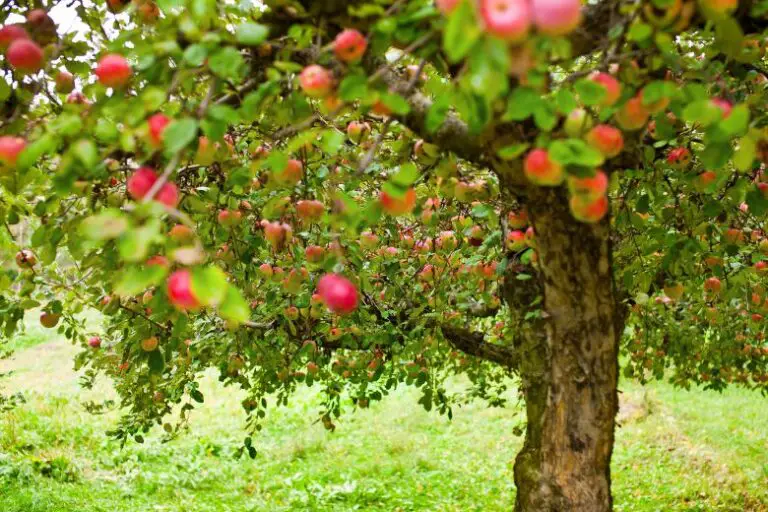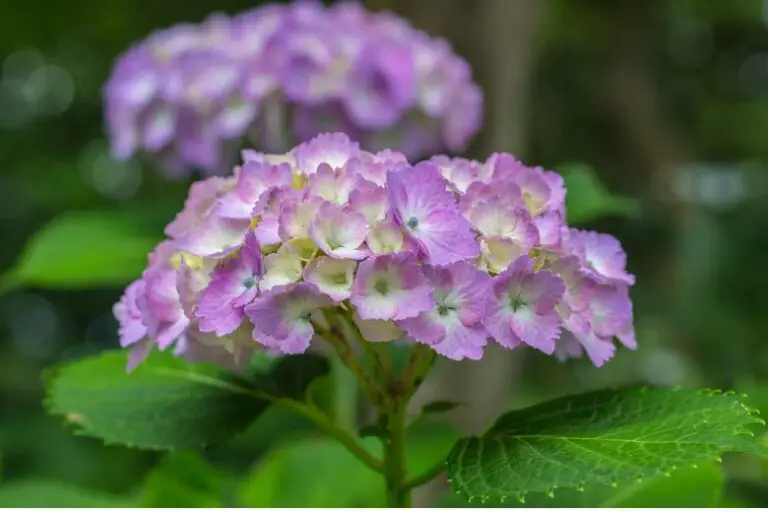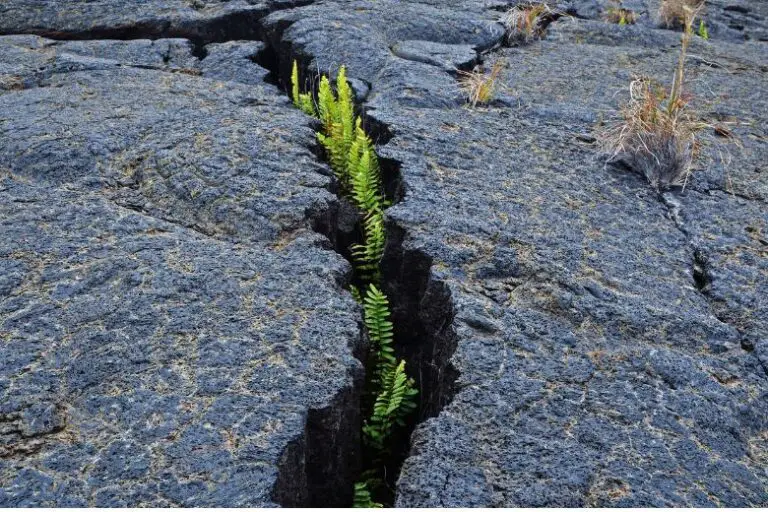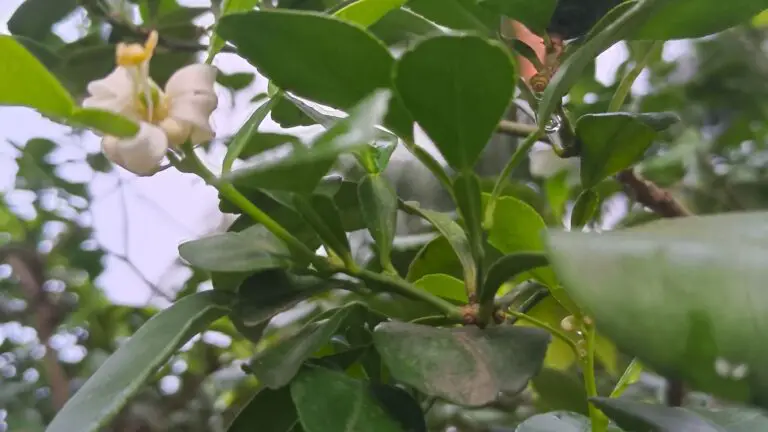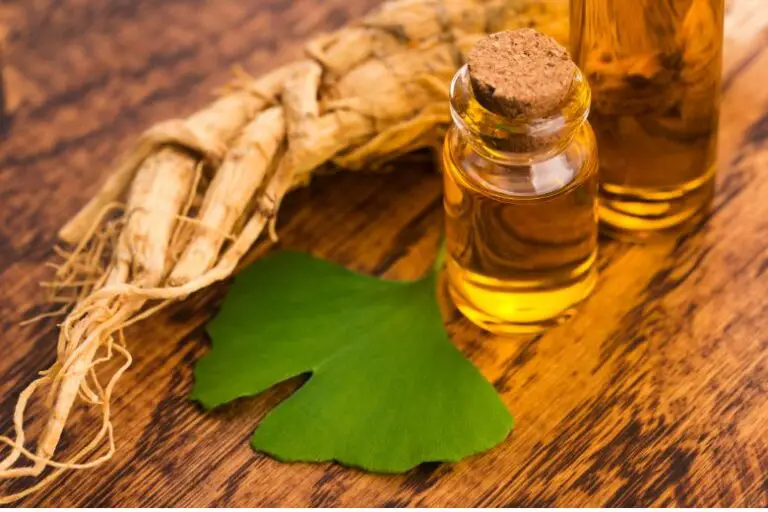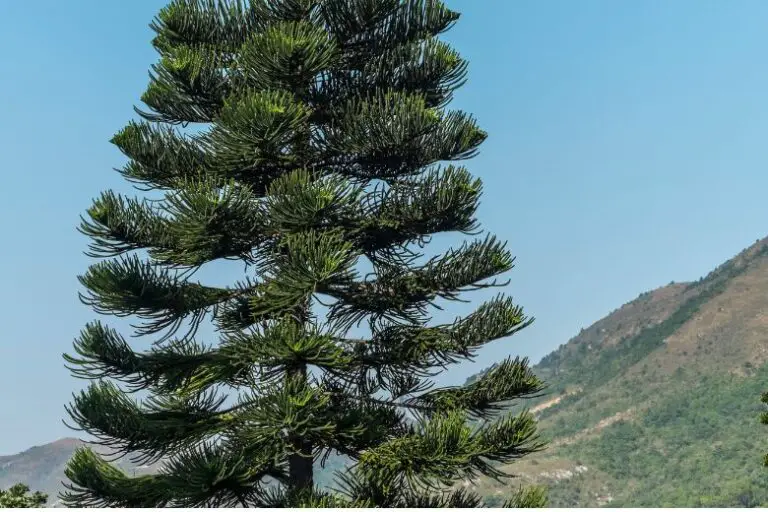How to Grow Guava
Guava, scientifically known as Psidium guajava, is a tropical fruit native to Central America. Its delicious flavor, unique aroma, and numerous health benefits make it a favorite among fruit enthusiasts. If you’re interested in growing guava in your own backyard, this comprehensive guide will provide you with all the information you need to successfully cultivate this wonderful fruit.
Understanding Guava
What is Guava?
Guava is a fruit that comes from the guava tree, a small evergreen shrub or tree that can reach a height of up to 30 feet. It is characterized by its round or oval shape, green or yellow skin, and pink or white flesh, depending on the variety. The fruit is rich in vitamins A and C, fiber, and antioxidants, making it a nutritious addition to your diet.
Varieties of Guava
There are several varieties of guava available, each with its unique characteristics and flavor profiles. Some popular guava varieties include:
- Tropical White Guava: This variety has white flesh and a sweet, mild flavor.
- Tropical Pink Guava: Pink guavas have pink flesh and a slightly tangy taste.
- Strawberry Guava: As the name suggests, this variety has a distinct strawberry-like flavor.
- Red Malaysian Guava: Red Malaysian guavas have red flesh and a sweet, tropical flavor.
When choosing a guava variety, consider your personal preferences and the climatic conditions in your region.
Nutritional Value of Guava
Guava is a powerhouse of nutrients. It is low in calories and packed with essential vitamins and minerals. A single guava fruit contains:
- Vitamin C: Guava is an excellent source of vitamin C, providing more than double the recommended daily intake in a single fruit.
- Fiber: Guava is rich in dietary fiber, which aids digestion and promotes a healthy digestive system.
- Antioxidants: Guava is loaded with antioxidants that help protect the body against oxidative stress and may reduce the risk of chronic diseases.
Choosing the Right Location
Before planting guava trees, it’s important to choose the right location that provides optimal growing conditions. Consider the following factors:
Climate Requirements
Guava trees thrive in tropical and subtropical climates. They prefer temperatures between 68°F and 86°F (20°C and 30°C). Frost can severely damage guava trees, so ensure that your region is frost-free or choose frost-resistant varieties.
Soil Conditions
Guava trees prefer well-draining soil with a pH range of 5.0 to 7.5. The soil should be rich in organic matter and have good moisture retention capabilities. Conduct a soil test to assess its fertility and pH levels before planting.
Sunlight Exposure
Guava trees require full sun exposure to thrive and produce abundant fruit. Choose a location that receives at least six hours of direct sunlight daily.
Propagation Methods
Guava can be propagated using various methods. Here are three common propagation techniques:
Growing Guava from Seeds
To grow guava from seeds, follow these steps:
- Collect mature guava seeds from a ripe fruit.
- Rinse the seeds to remove any pulp or residue.
- Plant the seeds in a pot filled with well-draining soil.
- Keep the soil consistently moist and place the pot in a warm location.
- Germination usually occurs within two to eight weeks.
- Once the seedlings have grown, transplant them to larger pots or directly into the ground.
Propagating Guava through Cuttings
Propagating guava through cuttings is an efficient method. Follow these steps:
- Select healthy guava branches that are approximately 12 inches long.
- Make a clean cut just below a node.
- Remove any leaves from the lower part of the cutting.
- Dip the bottom end of the cutting in rooting hormone.
- Plant the cutting in a pot filled with a well-draining rooting medium.
- Keep the soil moist and place the pot in a warm, partially shaded location.
- Roots should start developing within four to eight weeks.
- Once roots have formed, transplant the cutting into a larger pot or directly into the ground.
Air Layering for Guava
Air layering is another method to propagate guava. Follow these steps:
- Select a healthy guava branch and make a small upward cut on the stem.
- Dust the cut area with rooting hormone.
- Wrap the cut area with moist sphagnum moss or peat moss.
- Cover the moss with a plastic bag and secure it with twine or a rubber band.
- After a few weeks, roots should start to form.
- Once roots have developed, cut the stem below the air layering and transplant it into a pot or directly into the ground.
Planting Guava Trees
Once you have prepared the guava tree for planting, follow these steps:
Preparing the Soil
- Choose a planting site with well-draining soil and full sun exposure.
- Dig a hole that is twice the size of the guava tree’s root ball.
- Mix organic matter, such as compost or aged manure, into the soil.
Planting Techniques
- Carefully remove the guava tree from its container or wrap.
- Place the tree in the center of the hole, ensuring that the soil line matches the root ball’s top.
- Backfill the hole with soil, gently tamping it down to remove air pockets.
- Create a water basin around the tree to facilitate irrigation.
Spacing and Pruning
Provide adequate spacing between guava trees to ensure proper air circulation and growth. Space the trees approximately 10 to 15 feet apart, depending on the variety and expected size. Pruning guava trees helps maintain their shape, control size, and promote better fruit production. Regularly remove dead or diseased branches, as well as any suckers that may emerge from the base of the tree.
Watering and Fertilization
Guava trees require regular watering and proper fertilization for healthy growth and fruit production.
Watering Requirements
During the first year, water the guava tree deeply and regularly to help establish a strong root system. After the tree is established, water it deeply every 10 to 14 days, providing enough water to saturate the root zone. Adjust the frequency based on the weather conditions and soil moisture levels.
Fertilizing Guava Trees
Apply a balanced fertilizer to the guava tree during the growing season. Use a slow-release fertilizer or organic options like compost or well-rotted manure. Follow the manufacturer’s instructions for application rates and timing. Avoid over-fertilizing, as it can lead to excessive foliage growth at the expense of fruit production.
Organic vs. Inorganic Fertilizers
Both organic and inorganic fertilizers can be used for guava trees. Organic fertilizers improve soil health, increase nutrient availability, and promote beneficial microbial activity. Inorganic fertilizers provide nutrients in a readily available form but may have a higher risk of nutrient runoff and environmental impact. Choose the fertilizer option that aligns with your gardening practices and environmental concert
Conclusion
Guava is a versatile and nutritious fruit that can be easily grown in suitable climates. By choosing the right location, following proper planting and care techniques, and managing pests and diseases effectively, you can enjoy a bountiful harvest of delicious guavas. Whether eaten fresh or used in various culinary creations, guava is sure to delight your taste buds while providing numerous health benefits.


